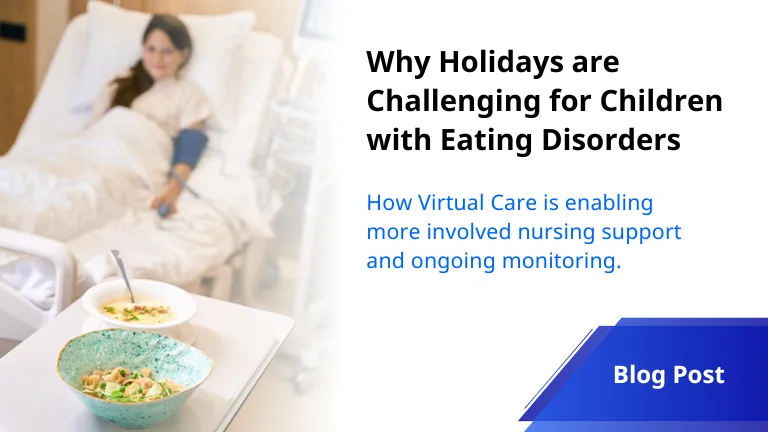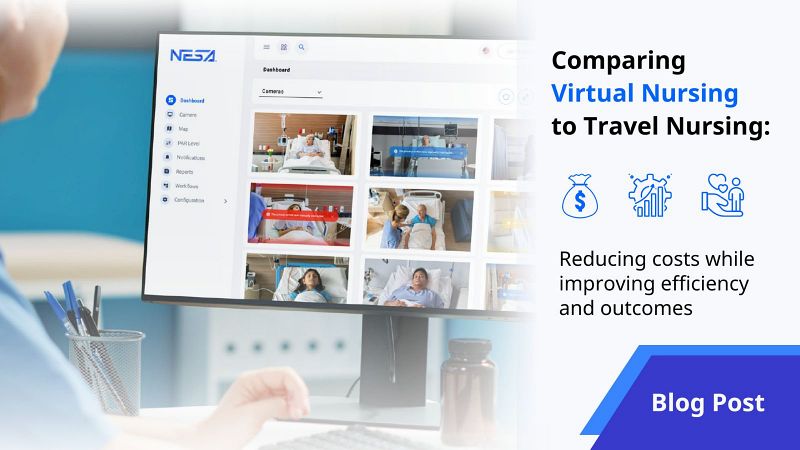
Did you know that nurses spend an average of 35% of their valuable time on documentation? As nurses, we've been ingrained with the mantra, "if it's not documented, it didn't happen." But why should bedside nurses bear the brunt of documentation duties?
We're all familiar with the adage "work smarter, not harder." Given the prevalent nurse burnout and turnover rates in our country, this should be our new guiding principle, accompanied by a practical solution: Virtual Nursing. A subset of telehealth, virtual nursing not only encompasses all the benefits of telehealth but also underscores the pivotal role of nurses in delivering clinical and non-clinical support to patients through virtual channels.
I entered nursing to provide hands-on patient care, not to drown in documentation. Many of us nurses find certain tasks, such as the Admission, Discharge, and Transfer (ADT) processes, burdensome due to the substantial time they consume—the median time being 43 minutes.
Now, picture the joy among nurses when they're relieved from the documentation burden of ADT processes. Imagine the improved patient experience resulting from reduced wait times, as nurses can devote more time to direct patient care.
For nursing staff, this shift will drive efficiency by streamlining processes, enhancing care coordination, lightening workloads, and boosting satisfaction, thereby improving nurse retention and enabling more time at the bedside.
For patients, the benefits are manifold: reduced wait times, minimized delays, timely care delivery, heightened engagement, improved health outcomes, and ample access to education.
Virtual Care isn't just a trend; it's here to stay. Let's harness its power to work smarter, not harder—because life is challenging enough as it is.



